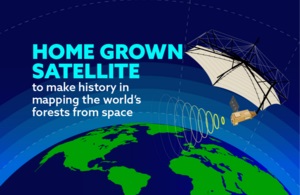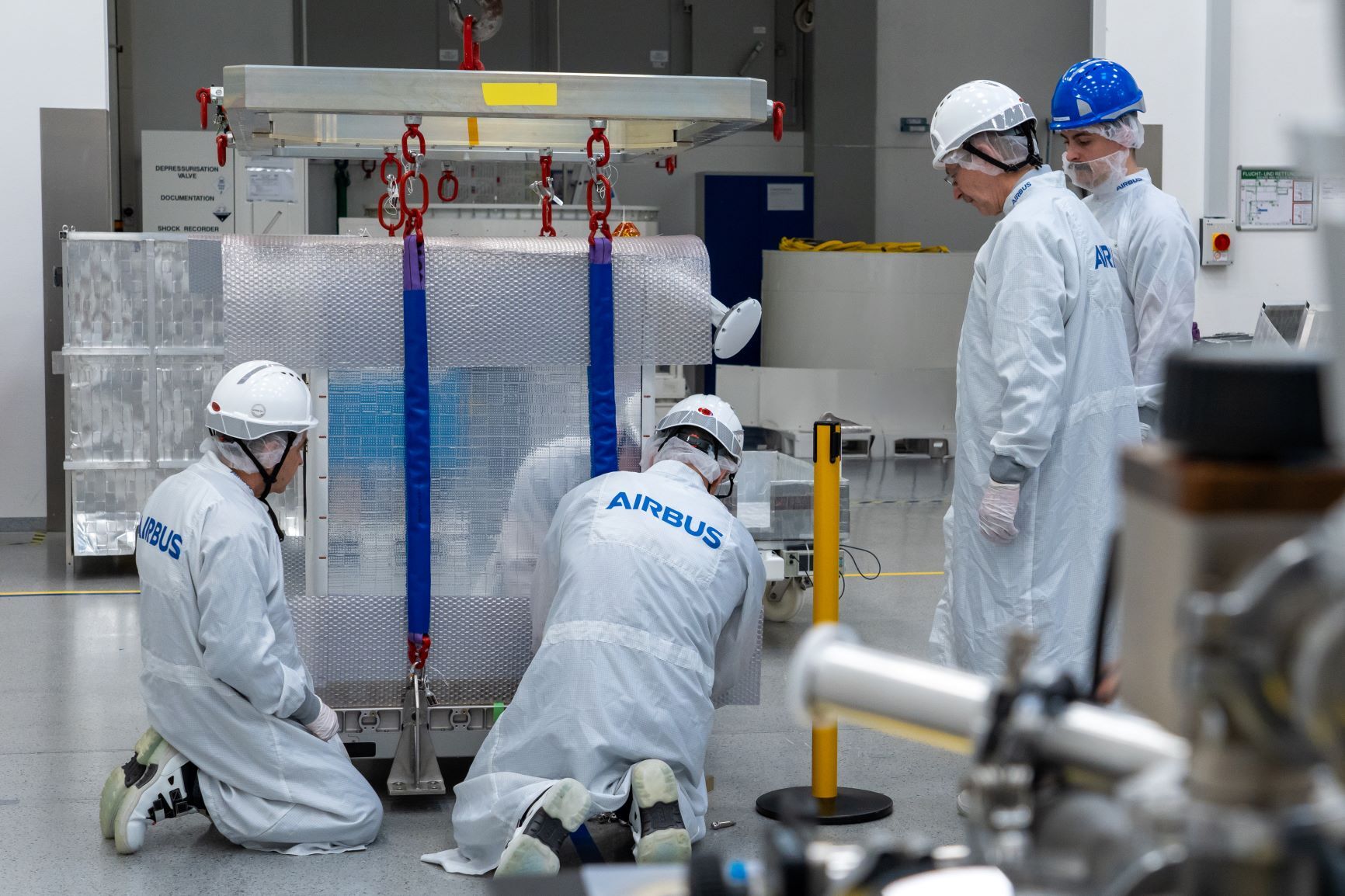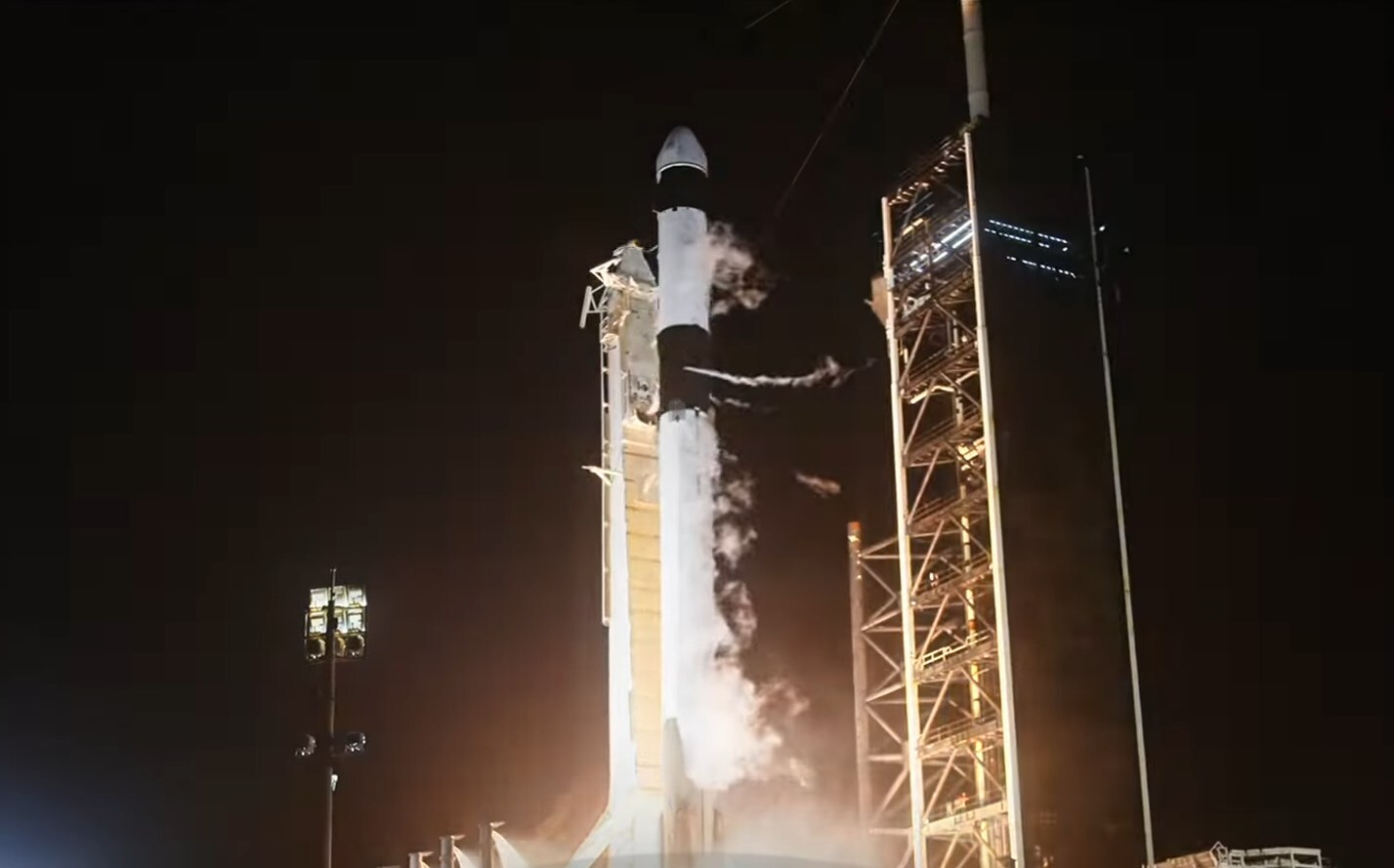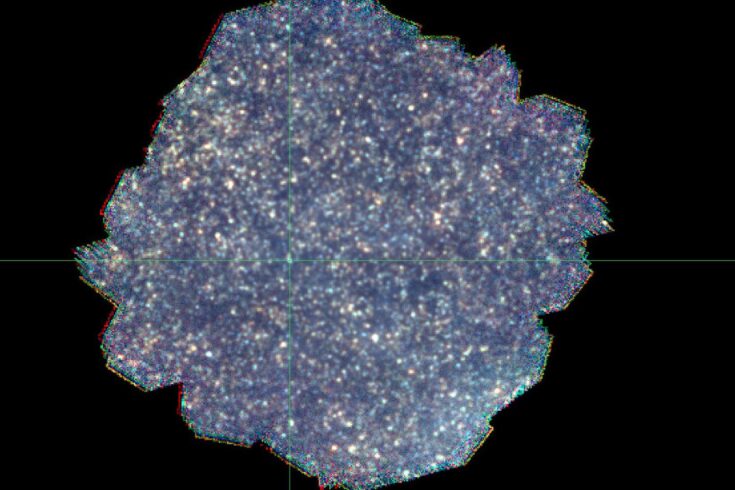Inmarsat's InRange satellite tracking to support space launches from Australia
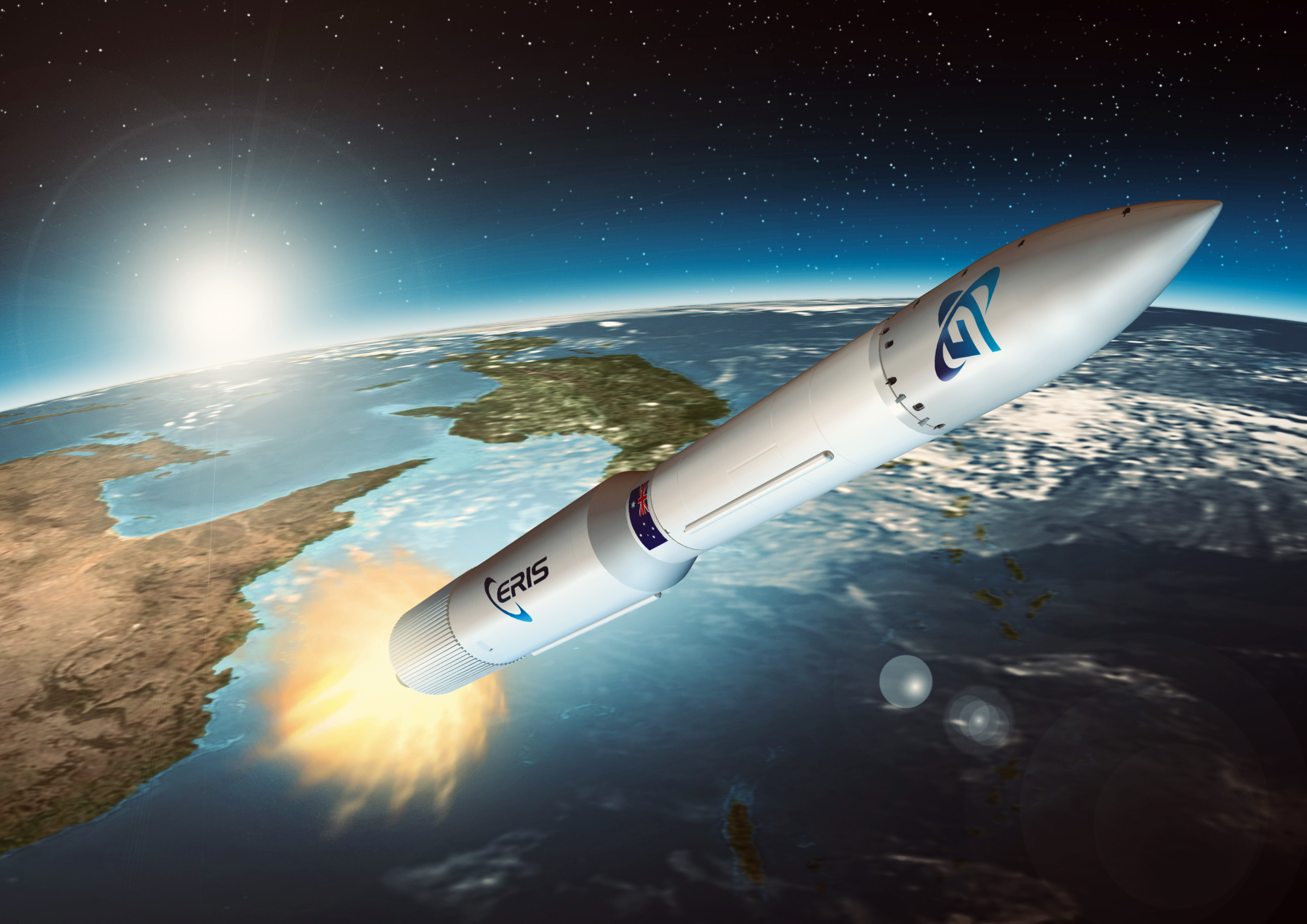
Image courtesy Inmarsat / Gilmour Space
Gilmour Space is an Australian launch services company that is developing orbital-class launch vehicles and satellite platforms.
InRange from Inmarsat provides rapid, responsive and cost-effective launch telemetry from space, removing the need to construct and maintain costly terrestrial launch infrastructure of down range ground stations to maintain telemetry coverage.
Space launch is a new focus and priority in Australia and Inmarsat is building on more than 30 years of partnership and presence in-country to support this new capability. Inmarsat already supports the Australian Defence Force, has built new ground stations in Australia for its recently-launched I-6 F1 satellite and is looking to deliver for the JP9102 Australian Defence Satellite Communication System project. The development and utilisation of InRange in the advancement of Australia’s space capabilities is an example of the innovations Inmarsat is capable of to support important Government programmes such as JP9102.
Rajeev Suri, CEO of Inmarsat, said: “Inmarsat has a long and storied partnership with Australia and the opportunity to support the nation’s ambitions in launching satellites from Australian soil with Gilmour Space Technologies enables us to continue to grow our presence and partnership still further. Inmarsat InRange can accelerate Australia’s ambitions by providing telemetry from space and avoiding the need to finance and build terrestrial-based telemetry solutions that are limited in coverage, take time to construct and are expensive. Inmarsat InRange can support launch providers worldwide with their ambitions.”
Ordinarily, new launch providers or locations would need to invest significant sums to create a ground-based telemetry system to track their rockets during the launch phase, which is time-consuming and costly. This creates major barriers to entry and prevents wider competition in the global launch market. In addition, to achieve a consistent real-time telemetry link from terrestrial tracking systems, a launch vehicle must always stay within line-of-sight of a ground station and operators need to send data to ground stations pointed toward the sky. When rockets are positioned between two ground stations separated by an ocean, for example, no telemetry information about the health of a rocket is available within what is termed a ‘blackout zone’. This dependency on ground stations can induce high-operational inflexibility and a reduction in payload launch mass, while causing delays in launches.
Adam Gilmour, CEO of Gilmour Space, said: "Our Eris rocket, which is targeted to launch early next year, will be Australia's first orbital rocket and first orbital launch attempt from a commercial Australian launch site. We are also developing the Bowen Orbital Spaceport in North Queensland and it’s been fantastic to work with Inmarsat as a well-established partner, to help us demonstrate space-based telemetry for our first and future Eris launches from Australia."
The Inmarsat InRange capability provides rapid, responsive and cost-effective launch telemetry for launch vehicle operators, offering them real time information on the trajectory of their rocket via satellite rather than ground stations, eliminating blackout zones. The concept utilises global coverage from Inmarsat’s constellation of ELERA L-band geostationary (GEO) satellites as a data relay link for launch vehicles. With no dependency on down-range ground stations, InRange establishes complete geographical freedom for launch operations on-demand with 99.9% reliability over Inmarsat’s network and with the potential to reduce launch costs and barriers to entry to the launch market significantly.





